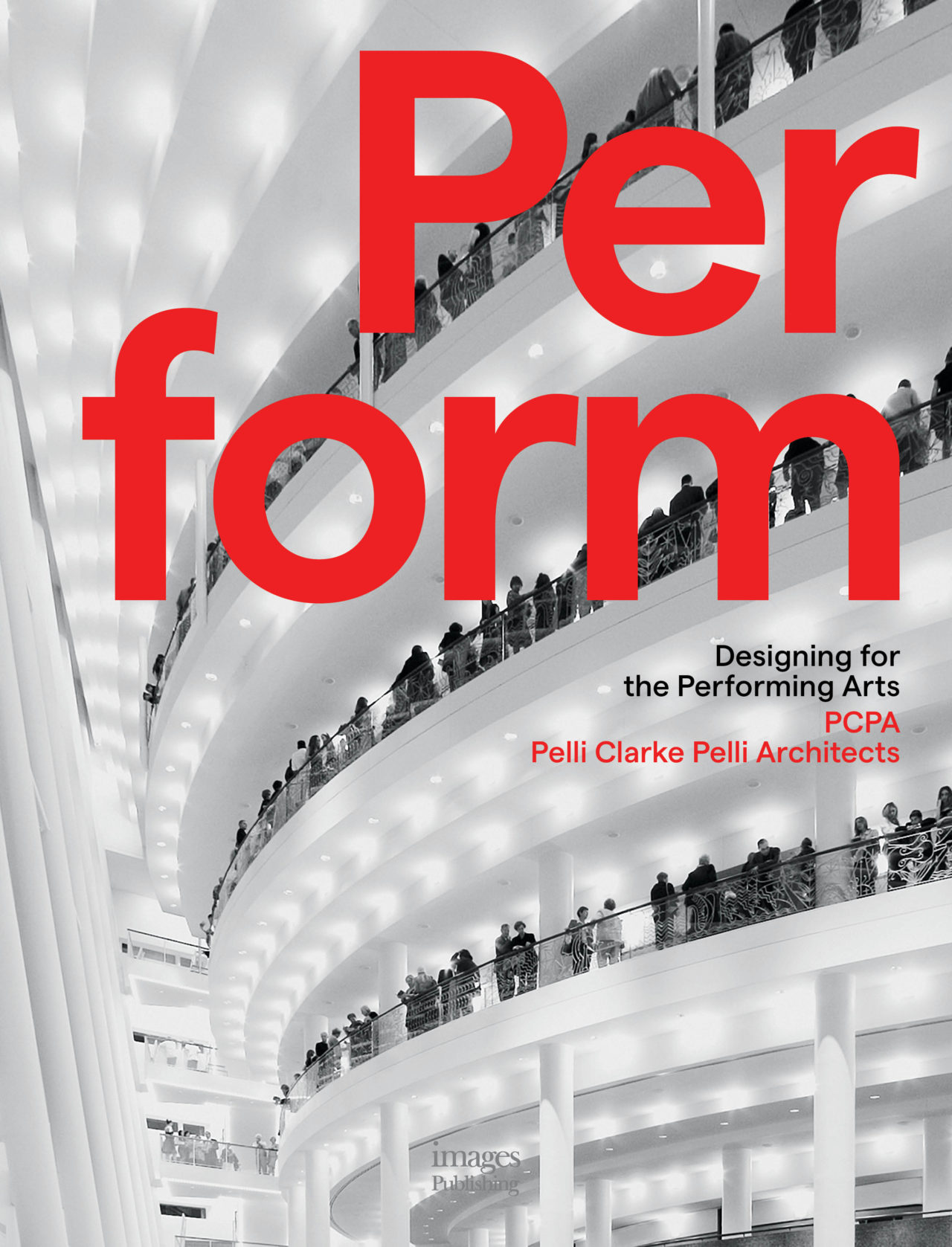-
October 31, 2018November 14 – Perform: Designing for the Performing Arts
![PCPA PAC Cover Fr]()
Register here >
A performing arts center is one of the most challenging and rewarding buildings an architect can design. It is a landmark building, celebrating its community’s commitment to the arts and culture, and requires an architectural expression that is memorable and unique. At the same time, it is a highly technical building, weaving together the functional requirements of multiple theaters, front and back of house areas, rehearsal spaces, classrooms, lobbies, dining spaces, loading docks, and parking facilities. It demands the highest level of leadership from a design team, which must balance expression and function. It is a collaboration with a large group of stakeholders: artists, directors, institutions, and donors, all dedicated to the success of the project, but often with different visions of how best to achieve it. When the curtain rises on opening night and the crowd cheers, there are few moments in an architect’s career that are as rewarding.
These buildings must perform. They house performances and performers. They are high-performance machines, tuned to resonate with a range of different performers, from solo artists to the massive orchestra and chorus required for an opera or symphony. They must also perform for their users—the audiences and production companies—allowing them to arrive, stay and depart with ease and efficiency. All of this is achieved, in part, through the spaces and volumes of the architecture.
Please join us for a panel presentation and discussion that focuses on these issues, followed by a book signing for Pelli Clarke Pelli Architects’ newly published Perform: Designing for the Performing Arts.
Cultural Facilities
The Cultural Facilities Committee is a forum for people interested in cultural spaces and how they shape our environment. Through a variety of programming the committee examines ideas related to the design and planning of cultural buildings, as well as their impact on the communities they serve. The vision of the committee is to enrich and broaden the insight of practitioners in the design field, foster an understanding among professionals working within cultural facilities, and demystify the development process for the public.








